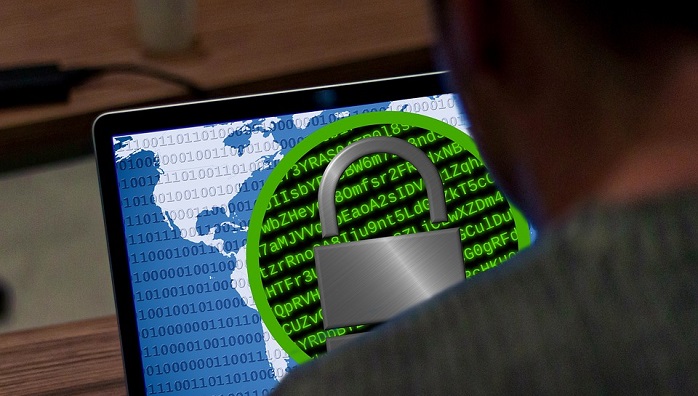Almost everyone is at risk of becoming a target for ransomware attacks. Many governments, large companies, and even SMEs have been victims of ransomware attacks. With hackers not sparing anyone, the only sane thing to do would be to take proper preventative measures to avoid becoming a victim.
A ransomware attack can be loosely defined as malware that blocks the user/victim from accessing their device, system, or files, not unless they pay the ransom. Ransomware is notorious for encrypting files on the user's devices, blocking or threatening to erase the files if their demand isn't met. Emergency call centers, hospitals, and other critical infrastructure are usually the worst hit.
The only way to protect yourself from ransomware attacks is to ensure everyone is actively involved and that you have a good cyber defence system such as XDR. Outlined below are some of the best security practices you should consider to prevent/reduce the risk of a ransomware attack.
1. Make Regular Data Backups
Backing up your crucial data randomly but regularly can help manage an attack easily and effectively. While backing up to the cloud would seem like the right thing to do, you still need to have copies of the same on out-of-band or offline storage. Keeping the backup servers or disks offline makes it virtually impossible to infect. You can simply reset your devices and restore data from the clean backup should the worst happen. It would also be advisable to test everything first before initiating the backups. You don't want the ransomware to spread on your clean files, do you?
2. Create A Response Plan and Policies
As mentioned earlier, no one is immune to ransomware attacks. Taking proper security and preventative measures is just the first step; you still need to have a response plan and policy in place, should the worst happen. Have a detailed plan formulated to let your IT security team know how to handle the situation, notify and have a suspicious email watch policy. You could also have a company-wide policy to help filter out any emails that might seem suspicious or infected.
3. Limit Connections to Trusted Ports
According to research, most types of ransomware use port 445 (Server Message Block) and port 3389 (Remote Desktop Protocol). This is because many devices and organisations leave these ports open, leaving them vulnerable to an attack. However, reviewing and limiting port access to only those you trust can help mitigate such risks. Consider reviewing these settings on both your cloud and on-premise environments. If possible, disable unused RDP ports.
4. Secure Configuration Settings
Ensure every piece of equipment and system is configured for optimal security. The last thing you want is open ports and unsecure settings from the system's default settings.
5. Enable System Auto-Updates
Be sure to allow automatic updates for all your apps, operating systems, and software. Developers push out security patches for their systems to help keep them secure and patch potential security flaws they might have had. These updates make the hacker's job harder as they have to look for new tricks to exploit.
6. Have Your Team Trained
Training your employees on the best online security practices and how to handle malicious or unsolicited emails will play a crucial role in preventing future attacks. Having an informed workforce is better than having only the IT team handle cybersecurity threats.
7. Invest In An Intrusion Detection System (IDS)
An IDS works by comparing network traffic logs to known signatures then blocking any sign of malicious activity. With a robust IDS in place, you can be sure to detect potentially malicious activity before it can cause any harm to your system and business as a whole.
